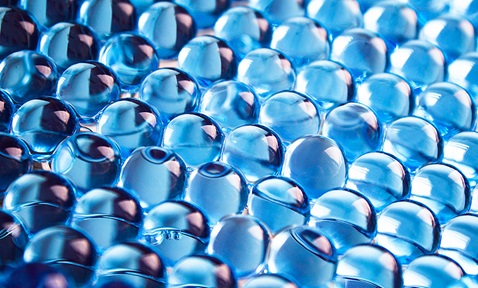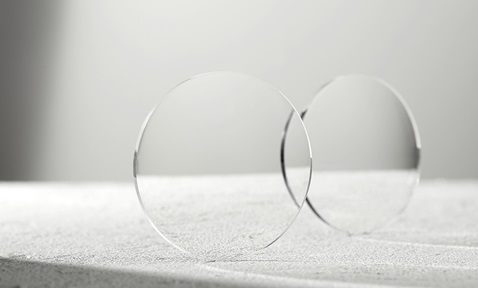
Superlyophobic Materials for Immiscible Liquids Separation
Synopsis
This membrane addresses the challenges in organic liquids separation efficiently with low energy consumption. It introduces oil/water separation membranes with varied wettability, enhancing roughness to optimise the separation processes, potentially revolutionising chemical engineering applications.
Opportunity
Separation of liquid mixtures, especially organic ones, is widely used in industrial processes. However, challenges with respect to separation in a high-efficiency, low-energy mode persist.
Oil/water separation membranes with different wettability towards water are attractive for their economic efficiency and convenience. The key factor is the roughness-enhanced wettability of membranes based on the intrinsic wetting threshold (IWT) of water, that is, the limitation of the wettability caused by hydrophobicity and hydrophilicity. However, the separation of organic liquids (OLs) remains difficult.
The present invention provides a general strategy to separate any immiscible liquids efficiently, and may pave the way to the development of membranes with large capacity, high flux and high selectivity for organic reactions or liquid extraction in chemical engineering. Superlyophobic materials can be used in:
Environmental Remediation: There is a growing demand for efficient and eco-friendly solutions to clean up oil spills and industrial wastewater contaminated with various chemicals. Superlyophobic materials could play a crucial role in these efforts, representing a substantial market opportunity.
Oil and Gas Industry: The oil and gas sector constantly deals with the separation of oil-water mixtures, making this technology valuable for enhancing efficiency and reducing environmental impact. It can be used in oil-water separation tanks, pipeline and refineries.
Chemical and Pharmaceutical Manufacturing: Chemical and pharmaceutical industries often handle intricate liquid mixtures in processes like extraction and filtration. Superlyophobic materials can streamline these processes, improving product purity and reducing waste.
Food Processing: Food production generates complex liquid waste streams. The technology could be applied for separating oils and other liquids in food processing, reducing waste and improving sustainability in the industry.
Renewable Energy: In the renewable energy sector, this technology can be used to separate and purify biofuels and other energy-related liquids, contributing to more sustainable energy production.
Environmental Monitoring: Superlyophobic materials could be used in water monitoring systems to efficiently remove contaminants from water sources, ensuring water quality and safety.
Technology
This technology addresses complex liquid separation processes found in multi-phase extraction, food processing and chemical reactions. It uses polydopamine (PDA) coatings to create versatile superlyophobic materials, promoting the growth of silicone microsheets (SMS) and enhancing their ability to repel high surface tension (ST) liquids, as well as attract low-ST liquids (superlyophobic and superlyophilic properties).
Melamine foam and polyurethane foam sorbents can absorb oils, with capacities ranging from 53 g/g to 120 g/g and 26.5 g/g to 52.5 g/g, respectively, depending on the oil type and density. This enables the removal of low-ST liquids from high-ST immiscible organic liquids.
Superlyophobic membranes made from stainless steel mesh, cotton fabric and filter papers effectively filter chloroform and carbon tetrachloride from water and formamide with over 96% efficiency. Notably, all these superlyophobic materials can be regenerated, ensuring long-term use.
This general strategy allows separating immiscible liquids through both static and continuous methods, providing a versatile solution for various industrial applications.

Figure 1: Methods of separating immiscible liquid mixtures to create superlyophobic materials
Applications & Advantages
The optimal application for this technology lies in liquid-liquid extraction, particularly for tasks such as water/oil separation, crucial in industries spanning food, chemical engineering, and environmental sectors.
Our liquids separation system facilitates on-demand separation of both water/oil and immiscible organic liquids, with the added advantage of regeneration capabilities.
It is designed to scale up effectively, making it applicable to addressing emergencies such as oil spills or incidents involving organic liquid mishandling.



.tmb-listing.jpg?Culture=en&sfvrsn=b5366f51_1)











